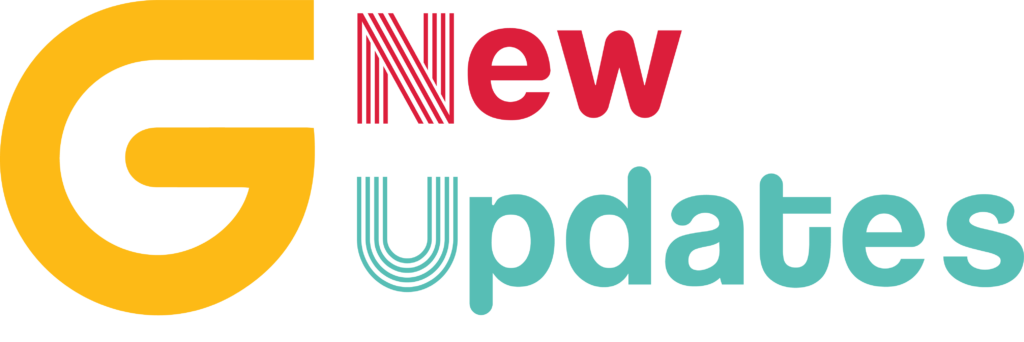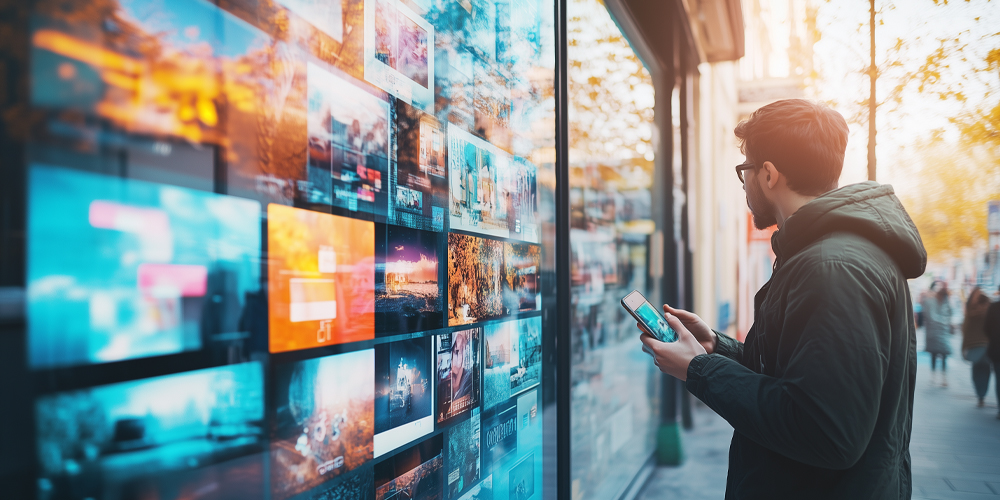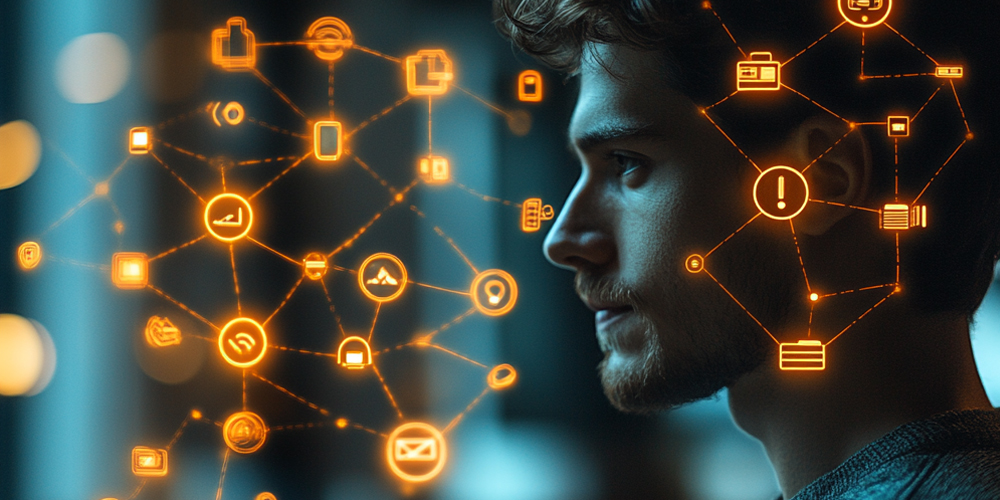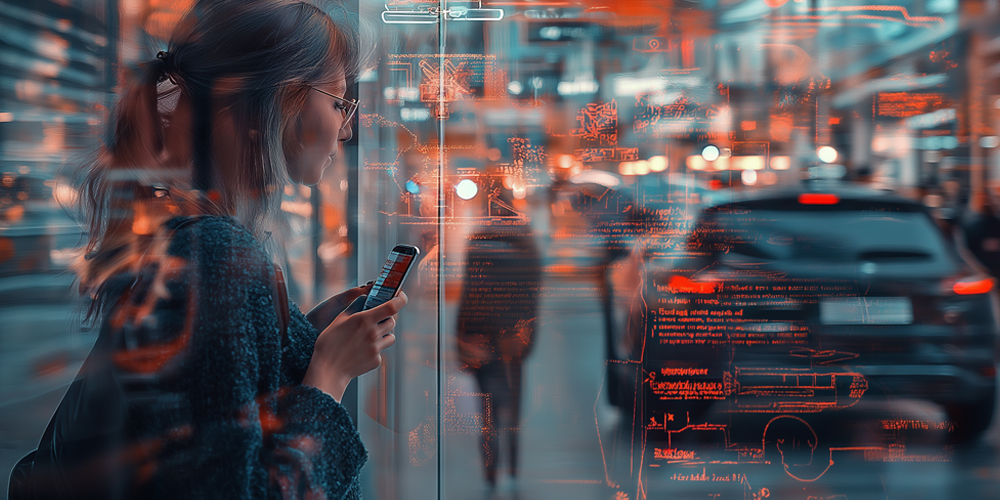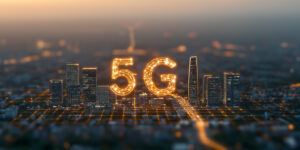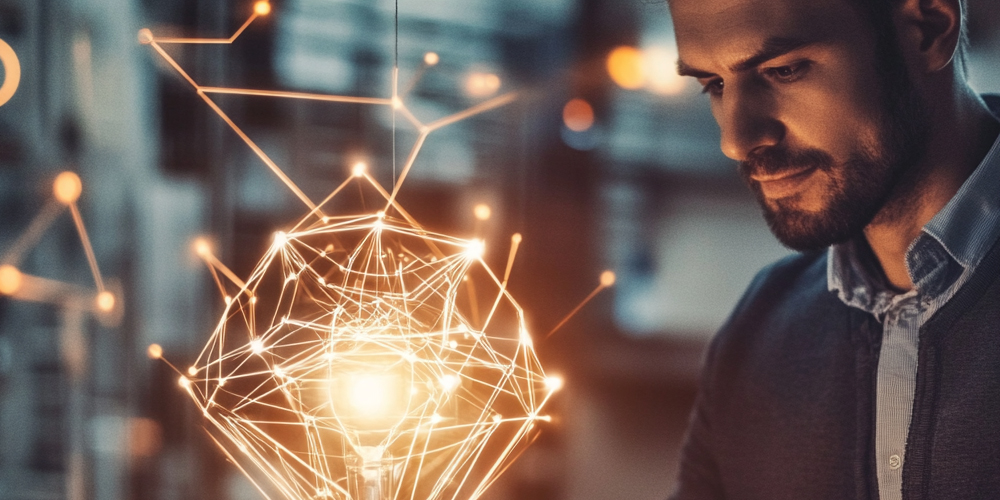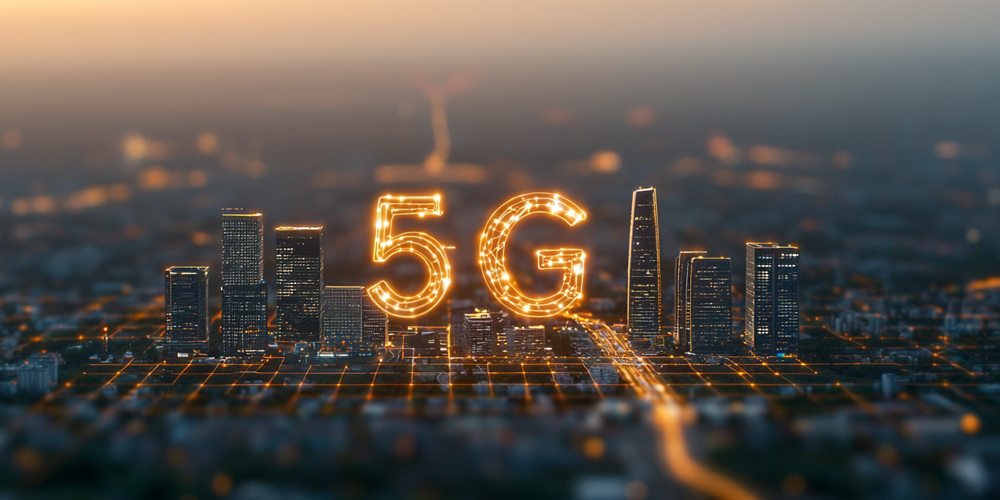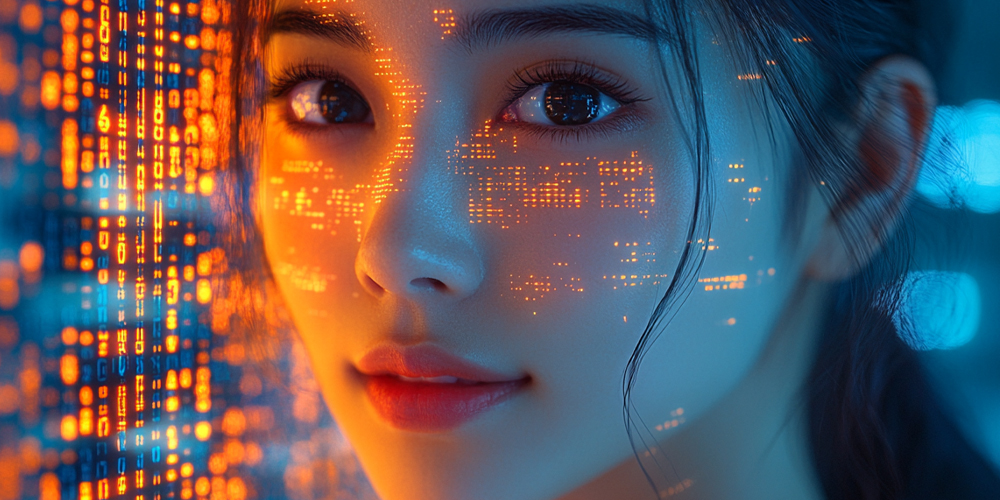The Internet of Things (IoT) is a rapidly growing network of interconnected devices that communicate with each other over the internet. From household appliances to industrial equipment, IoT is reshaping our world. Its presence in everyday life is becoming increasingly significant, influencing how we interact with technology and improving efficiency across various sectors. In this article, we will explore the impact of IoT on our daily lives, highlighting its benefits, challenges, and potential future developments.
What is the Internet of Things (IoT)?
The Internet of Things refers to the network of physical devices that are embedded with sensors, software, and other technologies, allowing them to connect and exchange data with other devices and systems over the internet. This connectivity enables automation, remote monitoring, and data sharing, creating a seamless and smart environment.
IoT devices include everyday objects like smart thermostats, wearable health monitors, connected refrigerators, and even vehicles. These devices collect data, communicate with other connected devices, and act autonomously or under user control to make life easier, safer, and more efficient.
How IoT Improves Everyday Life
Smart Homes: Enhancing Comfort and Efficiency
One of the most prominent applications of IoT is in smart homes. IoT devices, such as smart thermostats, lighting systems, security cameras, and smart appliances, are transforming the way we manage our homes. With IoT, homeowners can control their environment from anywhere through mobile apps, improving convenience and energy efficiency.
- Smart Thermostats: Devices like Nest and Ecobee allow users to control their home’s temperature remotely, learning preferences over time to optimize heating and cooling. This reduces energy consumption, cuts utility costs, and ensures comfort.
- Smart Lighting: IoT-enabled lighting systems, like Philips Hue, allow users to adjust the color, brightness, and schedule of lights. They can be controlled by voice commands or through apps, providing convenience and saving energy when lights are not needed.
- Home Security Systems: Smart security devices, such as Ring doorbell cameras and Arlo cameras, offer remote surveillance and real-time alerts. These IoT devices enhance home security by allowing homeowners to monitor and interact with their property from anywhere.
-
See how IoT is revolutionizing everyday tasks and creating smarter living environments.
Health and Fitness: Transforming Personal Well-being
IoT has made significant strides in the healthcare sector, particularly in personal health and fitness. Wearables, such as fitness trackers and smartwatches, are helping individuals monitor their health in real-time. These devices collect data on heart rate, steps, calories burned, and sleep patterns, empowering users to make informed decisions about their health.
- Wearables: Devices like the Apple Watch, Fitbit, and Garmin help users track daily activity levels, exercise, and sleep quality. These devices provide insights into their physical health, encouraging users to adopt healthier habits.
- Remote Monitoring: IoT technology enables remote monitoring of patients, allowing doctors to track vital signs and health conditions without requiring patients to visit a clinic. This can be particularly beneficial for individuals with chronic conditions, offering real-time health data to healthcare providers.
Transportation: Enhancing Mobility and Safety
IoT is also making waves in the transportation industry. From smart vehicles to connected traffic management systems, IoT is enhancing mobility, reducing traffic congestion, and improving safety.
- Connected Cars: Modern vehicles are equipped with IoT sensors that provide real-time information about the car’s performance, fuel efficiency, and maintenance needs. Some IoT systems also enable features like autonomous driving, collision avoidance, and vehicle-to-vehicle communication.
- Smart Traffic Management: IoT-enabled traffic systems collect data from sensors embedded in roads and traffic lights to monitor traffic flow. This data helps optimize traffic signal timing, reducing congestion and improving overall traffic efficiency.
IoT in Industry and Business
The impact of IoT is not limited to consumer applications; it is also transforming industries and businesses by streamlining operations, improving productivity, and reducing costs.
Smart Manufacturing: Boosting Efficiency and Productivity
In manufacturing, IoT devices are used to monitor machinery, track inventory, and optimize production lines. These devices can provide real-time insights into equipment performance, enabling businesses to predict maintenance needs and avoid costly downtime.
- Predictive Maintenance: IoT sensors in industrial equipment monitor factors such as temperature, pressure, and vibration. If the sensor detects an anomaly, it triggers a maintenance alert, allowing companies to address issues before they cause breakdowns.
- Supply Chain Management: IoT devices are used to track goods throughout the supply chain, from production to delivery. This improves inventory management, reduces waste, and ensures products arrive on time.
Smart Agriculture: Revolutionizing Farming Practices
In agriculture, IoT is being used to optimize crop management, monitor livestock, and improve irrigation systems. Smart sensors collect data on soil moisture, weather conditions, and crop health, providing farmers with valuable insights to make data-driven decisions.
- Precision Farming: IoT sensors can monitor soil conditions, weather patterns, and crop health. This allows farmers to apply fertilizers, water, and pesticides more efficiently, reducing waste and increasing crop yields.
- Livestock Tracking: IoT devices are also used to monitor the health and behavior of livestock. Wearable sensors track animals’ movements and vital signs, helping farmers detect illnesses early and ensure better animal care.
The Challenges and Concerns of IoT
While the benefits of IoT are numerous, there are also challenges and concerns that need to be addressed as the technology continues to evolve.
Security and Privacy Risks
One of the most significant challenges of IoT is the security and privacy risks associated with the vast amount of data generated by these devices. IoT devices collect sensitive data about individuals’ behaviors, health, and habits. If not properly secured, this data can be vulnerable to hacking and misuse.
- Data Privacy: Many IoT devices collect personal information, such as location data and health statistics. It is essential that users and companies protect this data from unauthorized access, ensuring that it is used only for its intended purposes.
- Cybersecurity Threats: IoT devices are often vulnerable to cyberattacks, especially when they lack proper security protocols. Hackers can exploit weaknesses in IoT systems to gain access to sensitive data or disrupt operations.
Interoperability and Standardization Issues
Another challenge of IoT is the lack of standardized protocols and interoperability among devices. With so many manufacturers and different technologies in use, ensuring that all devices can communicate effectively with each other is a complex task.
- Compatibility: Different IoT devices use various communication protocols, which can cause issues when trying to integrate them into a unified system. Standardizing communication protocols would make it easier for devices from different manufacturers to work together seamlessly.
-
Discover the transformative impact of IoT on daily activities and routines.
The Future of IoT: What’s Next?
The future of IoT is full of exciting possibilities. As the technology continues to advance, IoT will become even more integrated into our daily lives, offering new ways to interact with the world around us.
5G and the Next Generation of IoT
The rollout of 5G networks will significantly improve the performance and capabilities of IoT devices. With faster speeds, lower latency, and more reliable connections, 5G will enable IoT devices to work more efficiently, making real-time data sharing and automation even more seamless.
Artificial Intelligence and IoT Integration
The integration of artificial intelligence (AI) with IoT devices will take automation and data analysis to the next level. AI-powered IoT systems can make smarter decisions, predict outcomes, and optimize processes without human intervention, leading to even more efficient and autonomous systems.
Conclusion: Embracing the IoT Revolution
The Internet of Things is revolutionizing everyday life, from improving home automation and personal health to transforming industries and businesses. Although there are challenges to overcome, such as security concerns and interoperability issues, the potential benefits of IoT are immense. As the technology continues to advance, IoT will play an increasingly vital role in shaping our future, making our lives more convenient, efficient, and connected.
